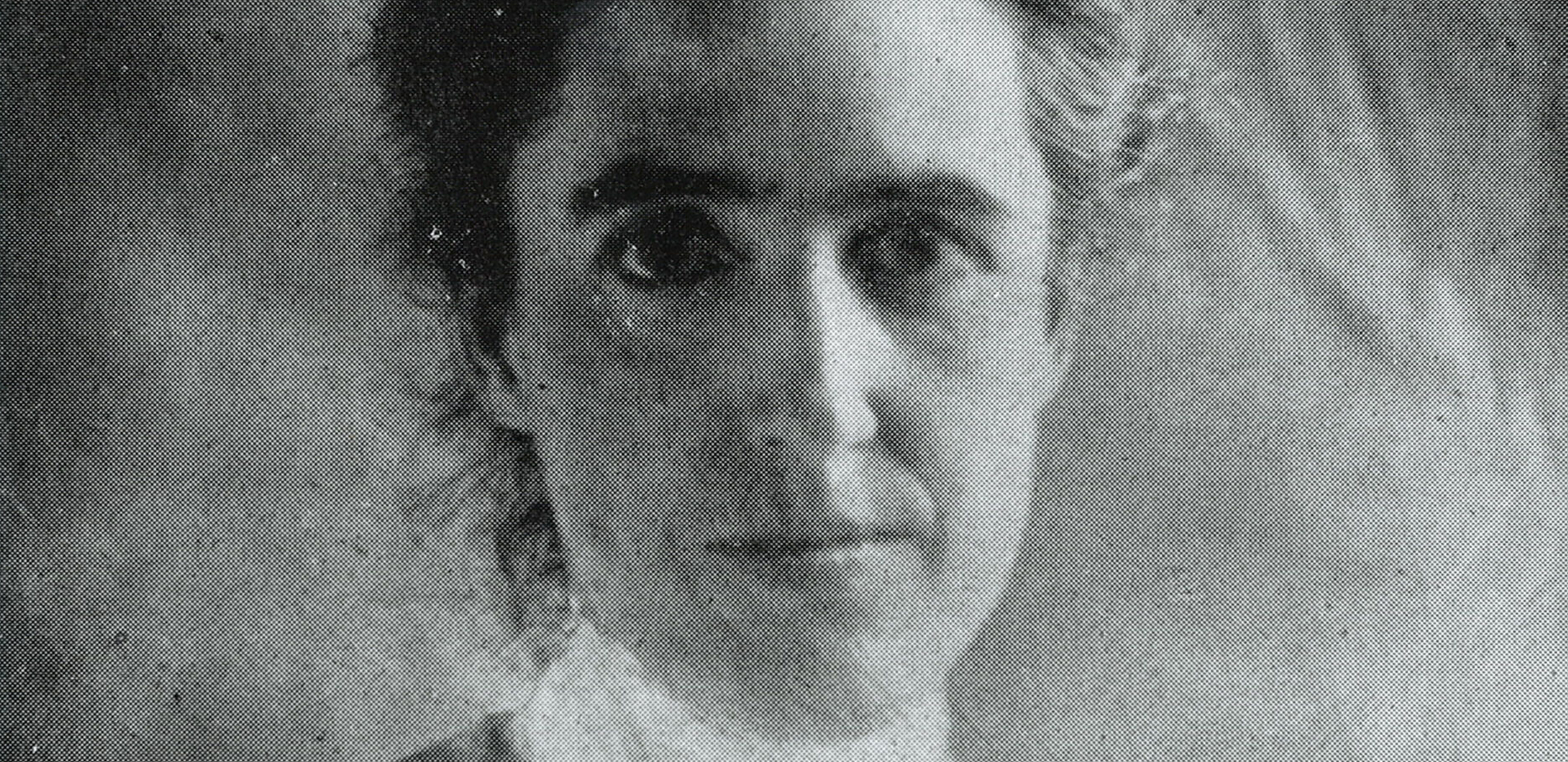
Henrietta Swan Leavitt: Creating a New Yardstick to the Stars
After her graduation from Radcliffe College in 1892, Henrietta Swan Leavitt volunteered at the Harvard College Observatory just up the street to find out what astronomy was all about and how she might be useful. She didn’t set out to solve the biggest questions astronomers of the 20th century faced, but in just two decades she discovered the tool that made it all possible.
At the time, Observatory Director Edward C. Pickering and his staff had been amassing great amounts of photographs of the sky from Harvard’s telescopes in the northern and southern hemispheres. They needed people to analyze the photographic plates and measure the brightness of the countless stars that the plates contained.
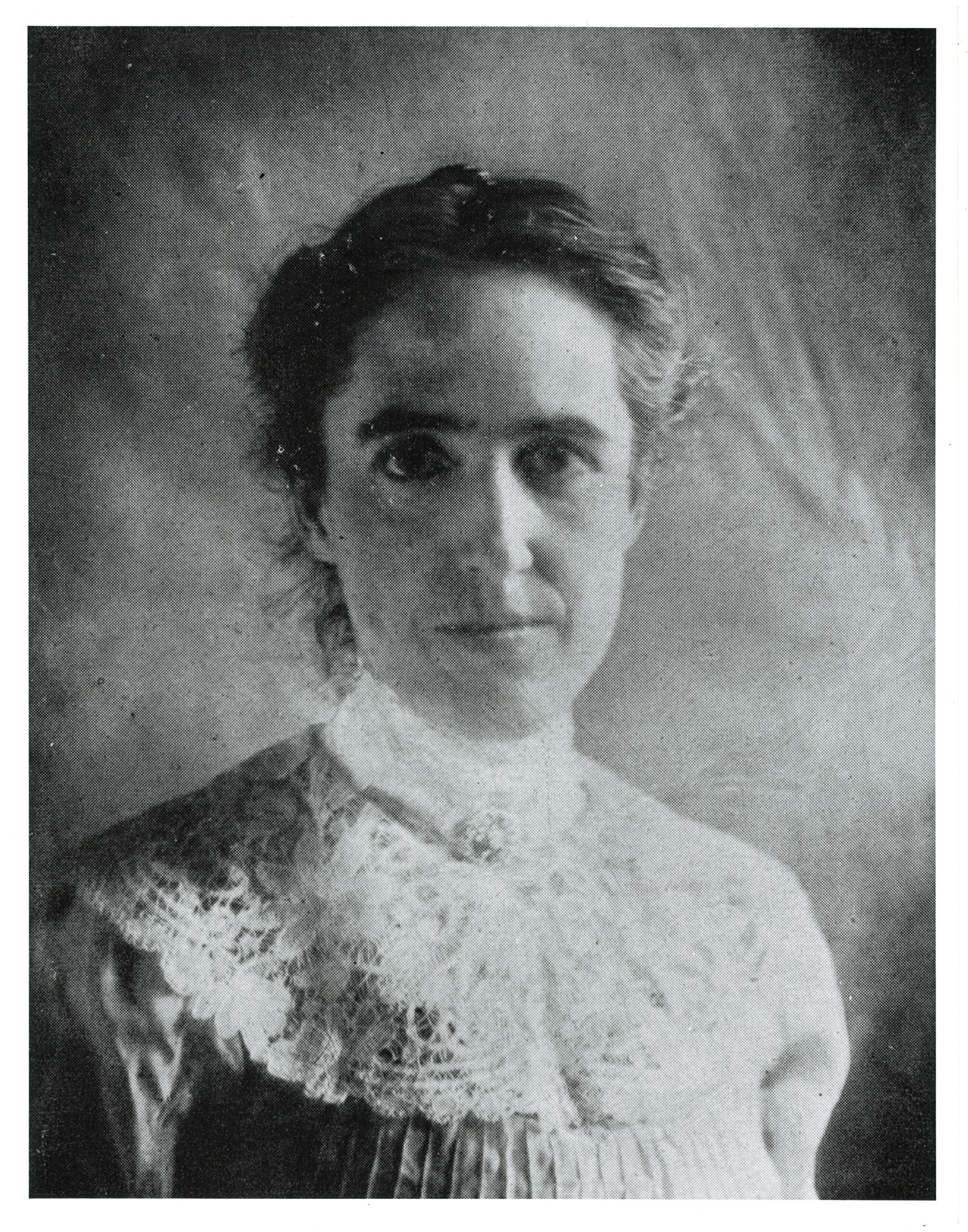
Henrietta was good at her job. Soon Pickering asked her to look for stars that varied in brightness. Photographic images showed stars growing larger and smaller on successive plates of the sky taken days and weeks apart as their brightnesses varied. Finding those variations could be daunting, but there was a neat trick for this task: Original photographs are negatives, with black stars on a white background. If one were to make a contact copy of that negative, the stars would be white and the background dark. Superimposing pairs of originals and copies taken on different dates would reveal stars that varied: they might look like little donuts or rings.
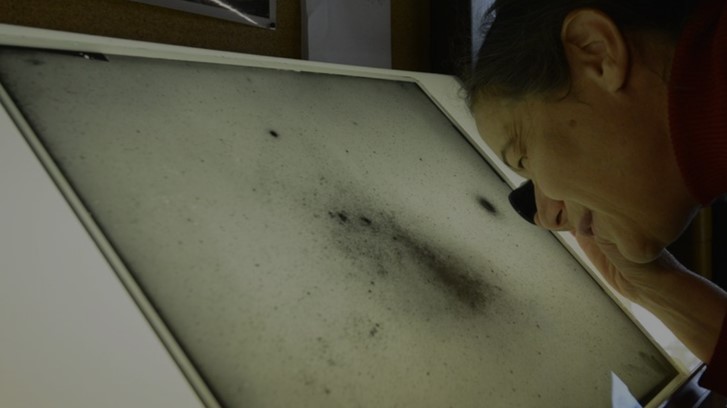
There was then no clear reason why a star should vary in light. Most astronomers assumed it was one star passing in front of another, eclipsing it and dimming their combined light. But the curves of light they produced were often very difficult to interpret by a physical eclipse. Nevertheless, at the time it was the astronomer’s duty to map the heavens and not ask why. This was especially true for the women like Henrietta who were working at Harvard.
Leavitt pursued this work for a few years, finding and recording variable stars, but throughout this period she travelled with her family and friends, taking long leaves of absence or working remotely, partly to manage continuing illnesses. After a particularly long absence, she wrote Pickering in spring 1902 asking if a real job might be available. A few days later, Pickering hired her, and by 1904, she was back at Harvard again examining photographic plates for variable stars, at $.30 per hour (a bit more than other computers made, and equivalent to a school teacher’s salary in the day.
Leavitt was then given a fascinating assignment. Harvard’s southern station at Arequipa, Peru, had been photographing two nebulous masses in the southern sky called the Magellanic Clouds because they were first brought to the attention of Europeans by Ferdinand Magellan. But little else was known about them. What they were, how big they were, how far they were away from us, was not known. Leavitt found that they contained many variable stars: dozens at first, then many dozens, then hundreds as the months and countless hours of scrutinizing passed. By 1908, she had catalogued almost 2,000 variables and published the listing in the Annals of the observatory, indicating their minimum and maximum brightnesses and the times between them.
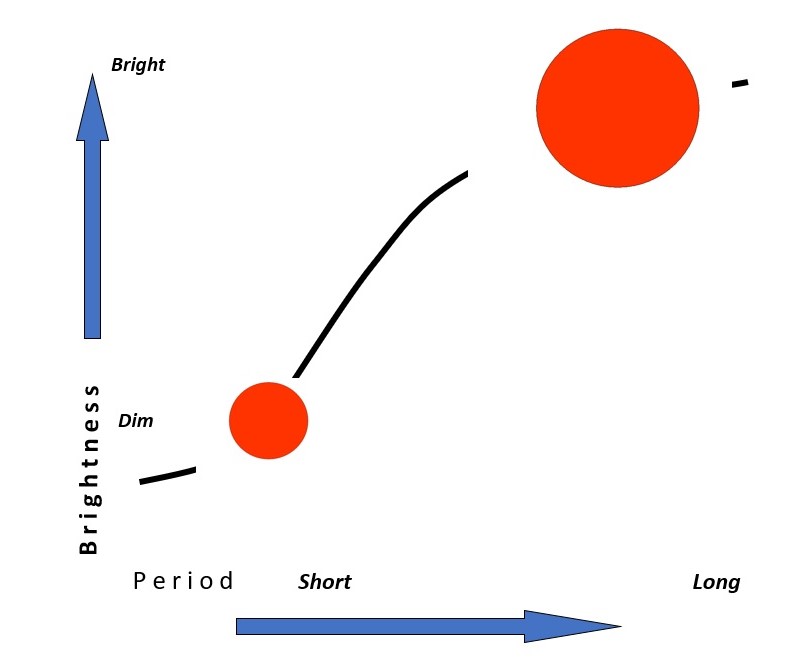
After many dozens of pages of description and tabulated data, near the end of her report, Leavitt singled out 16 stars in the smaller of the two clouds, listing them in empirical catalogue order in her sixth and final table. Generally, she found that all the variables could be classed into four distinct groups defined by the patterns of their brightness variations. In one class, called “cluster variables” because their light curves resembled those in local star clusters, she found a most striking correlation:
“It is worthy of notice that in Table VI the brighter variables have the longer periods.”
(p. 107, HA 1908)
She quickly added, however, that any inferences from this correlation had to wait until many more variables had been discovered and thoroughly analyzed. Over the next few years, off and on between bouts of illness and absence, Leavitt did just that. By 1912, Pickering was able to publish her findings as definitive, giving her full credit.
Since all the stars Leavitt studied were in the Small Magellanic Cloud, and effectively at the same distance from Earth, their apparent differences are directly related to their intrinsic differences. In typical fashion for scientific writing, Edward Pickering laid it out this way:
“Since the variables are probably at nearly the same distance from Earth, their periods are apparently associated with their actual emission of light, as determined by their mass, density and surface brightness.”
(Pickering, Circular 173, p. 3)
The report blandly concluded that Leavitt’s findings “suggest many other questions with regard to distribution, relations to star clusters and nebulae…” and that a critical next step was to calibrate this relation by finding the same forms of variables close enough to Earth to have their distances determined by triangulation. By then they knew that some brighter variables in the constellation Cygnus had the same light curves and “should repay careful study.”

What does all this mean?
Imagine you are driving on a straight road. You’ll notice (if you are not the driver!) that objects at the side of the road zip by faster than more distant objects. Their relative motions indicate relative distance. The same thing happens to the motions of stars caused by the motion of the sun through space. Closer stars will appear to zip backwards faster than more distant stars. So, if the closest stars have parallaxes, then the distances to the rest can be estimated. That’s just what astronomers did, finding ever-more precise ways to calibrate the variable star class later called Cepheids and creating a powerful new stepping stone into space to gauge the extent of the universe.
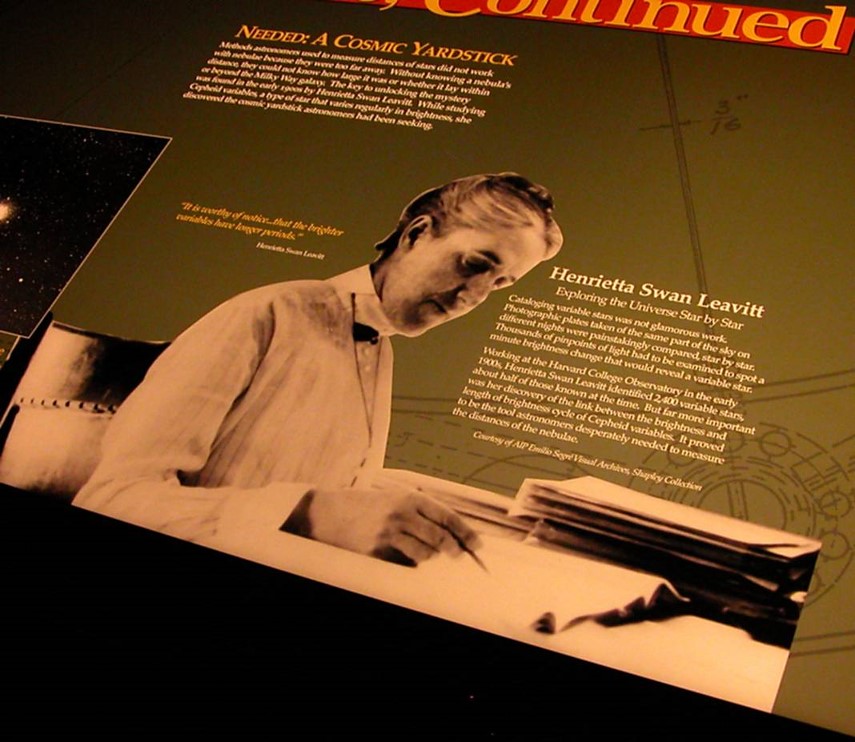
Why these findings matter
At the time, reliably known distances were determined for less than a hundred stars by triangulating the shifts in their positions as the Earth revolved around the sun. Several thousand had been measured, but they were not reliable. Just as a surveyor determines the width of a river by observing a point on the other side from several locations through parallactic shift, stars can have their actual distances determined the same way. If any variable star could have its distance determined this way, then the distances to all variables could be estimated by comparing their light curves to the one at known distance. Unfortunately, no known variable of the type found in the Clouds was close enough to have a reliable parallax. But there were other, indirect and statistical methods available. Henrietta may have wanted to explore them herself, but her boss kept her to the task of empirical mapping, collecting data without asking questions.
Within 15 years, Leavitt’s discovery was applied by astronomers including Edwin Hubble to determine the size of the Milky Way and the distances to the enigmatic spiral nebulae, showing that they were other galaxies as big as the Milky Way. We live in a universe of galaxies, not just stars, thanks to Henrietta Swan Leavitt.

